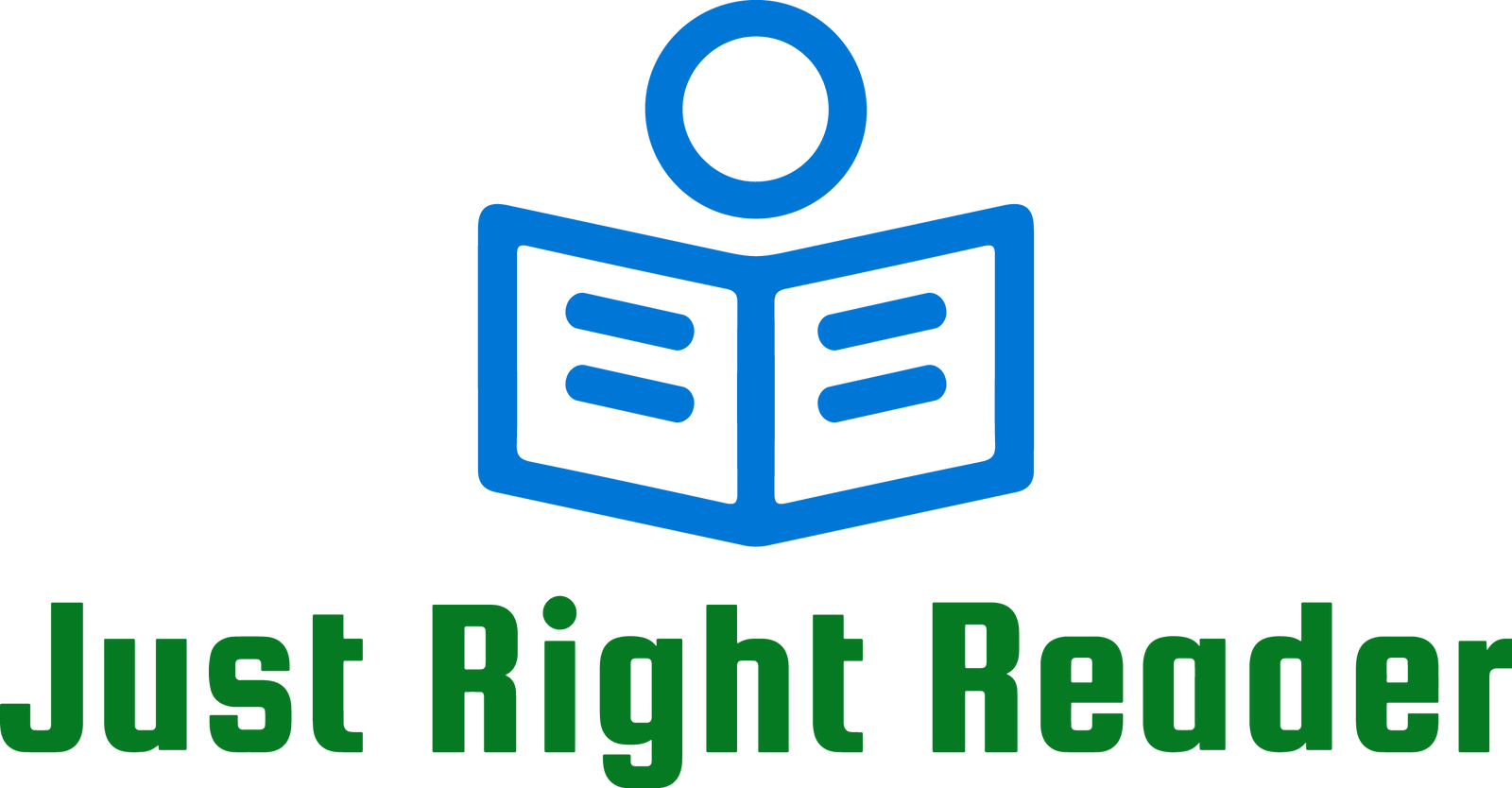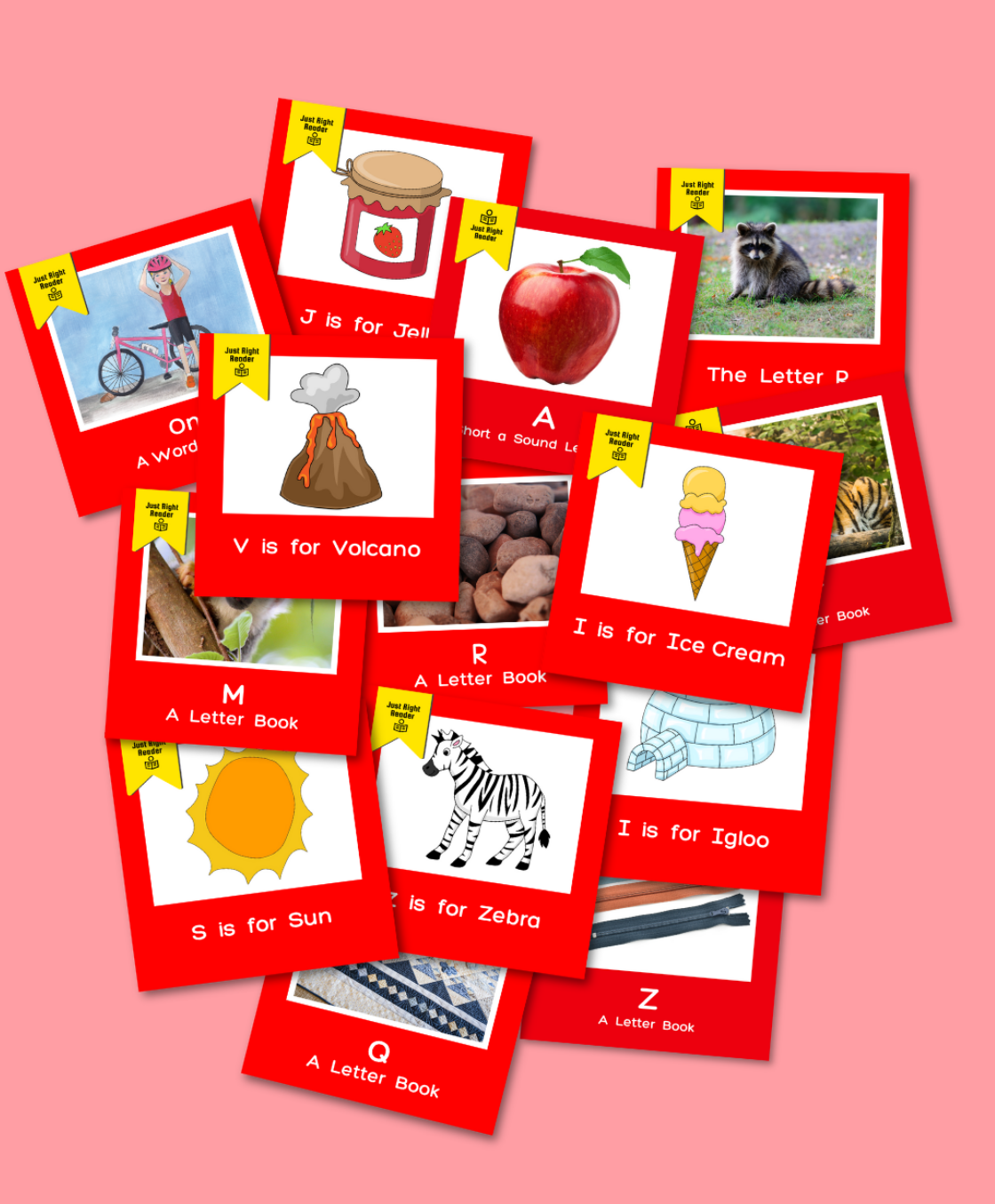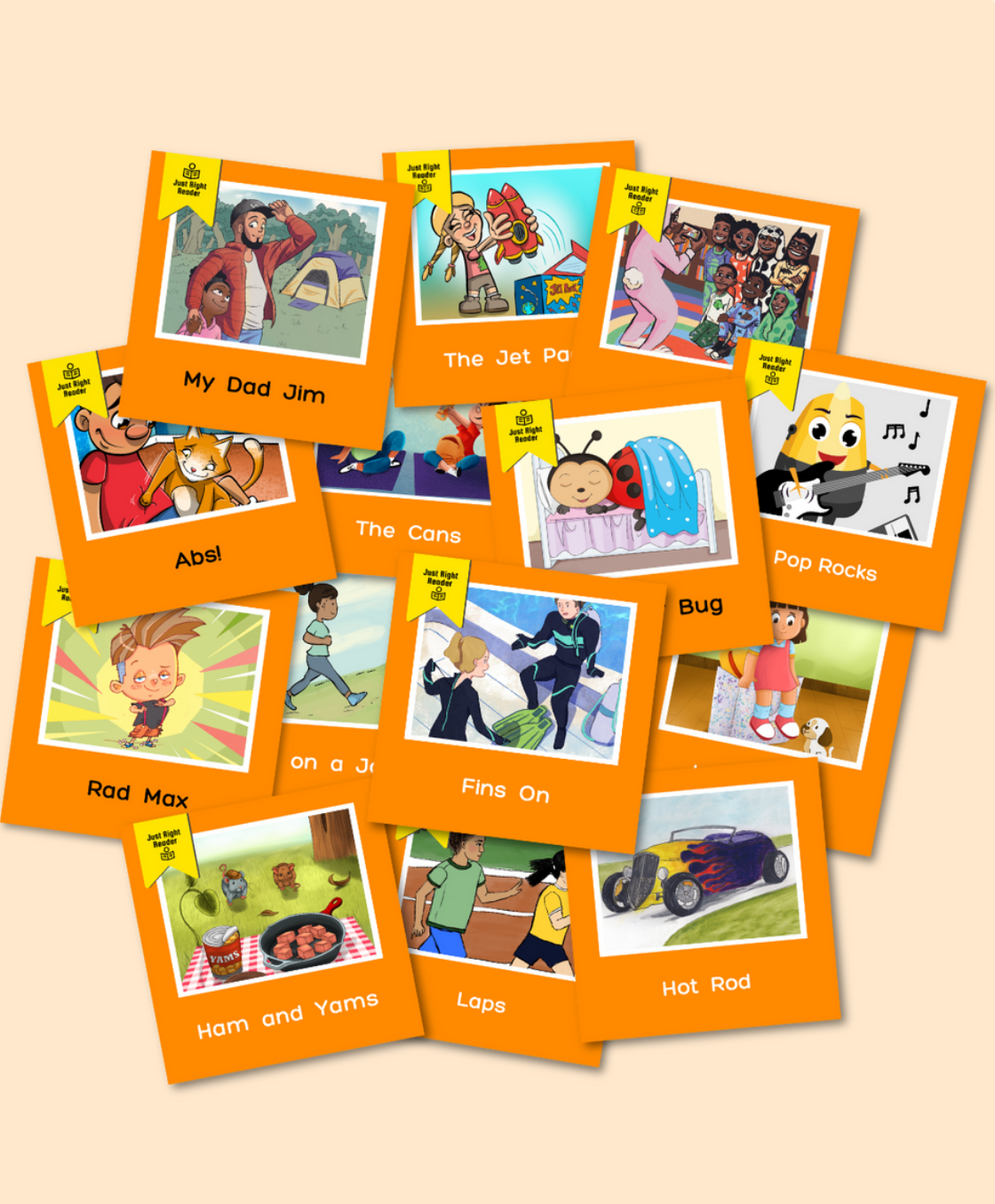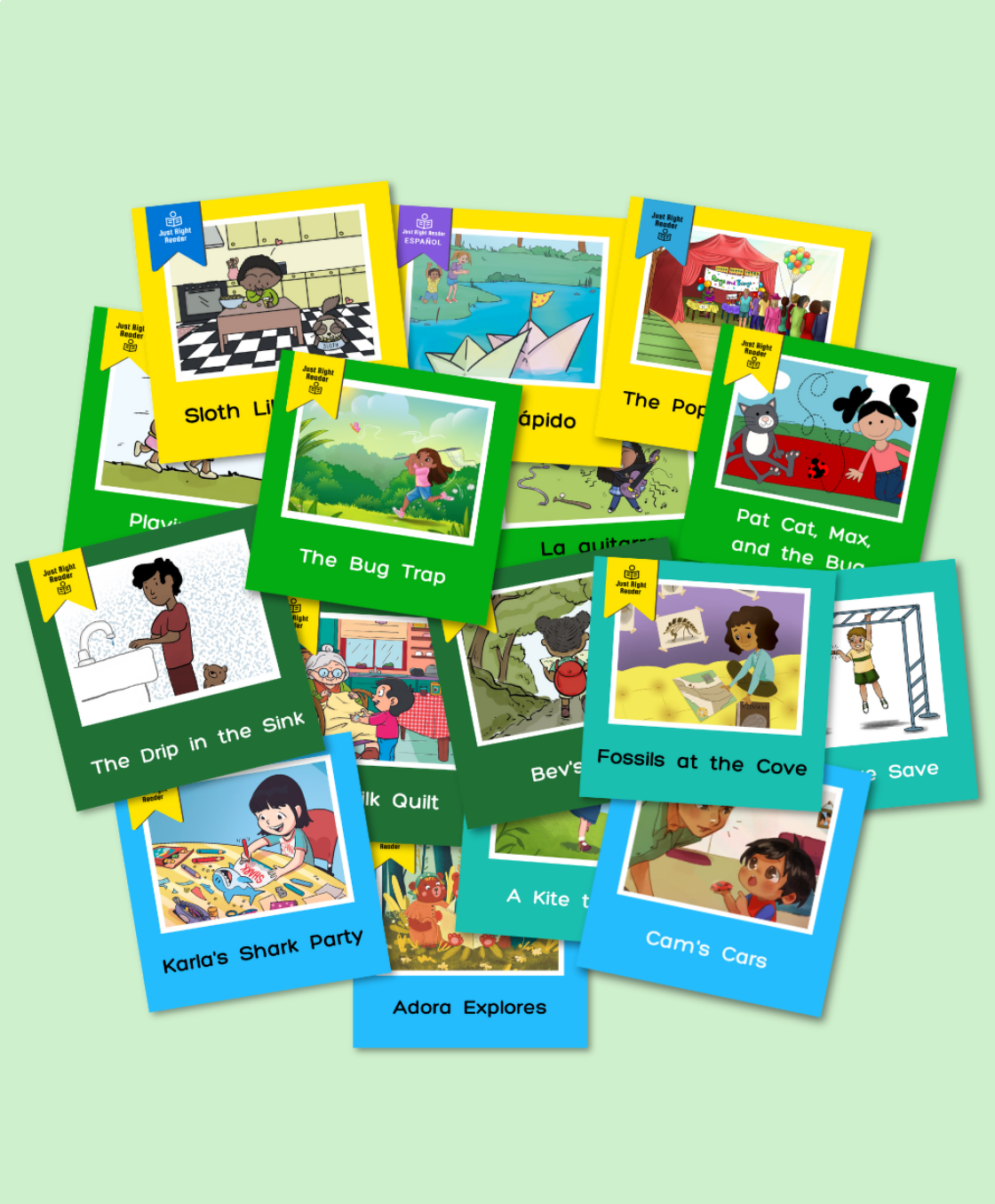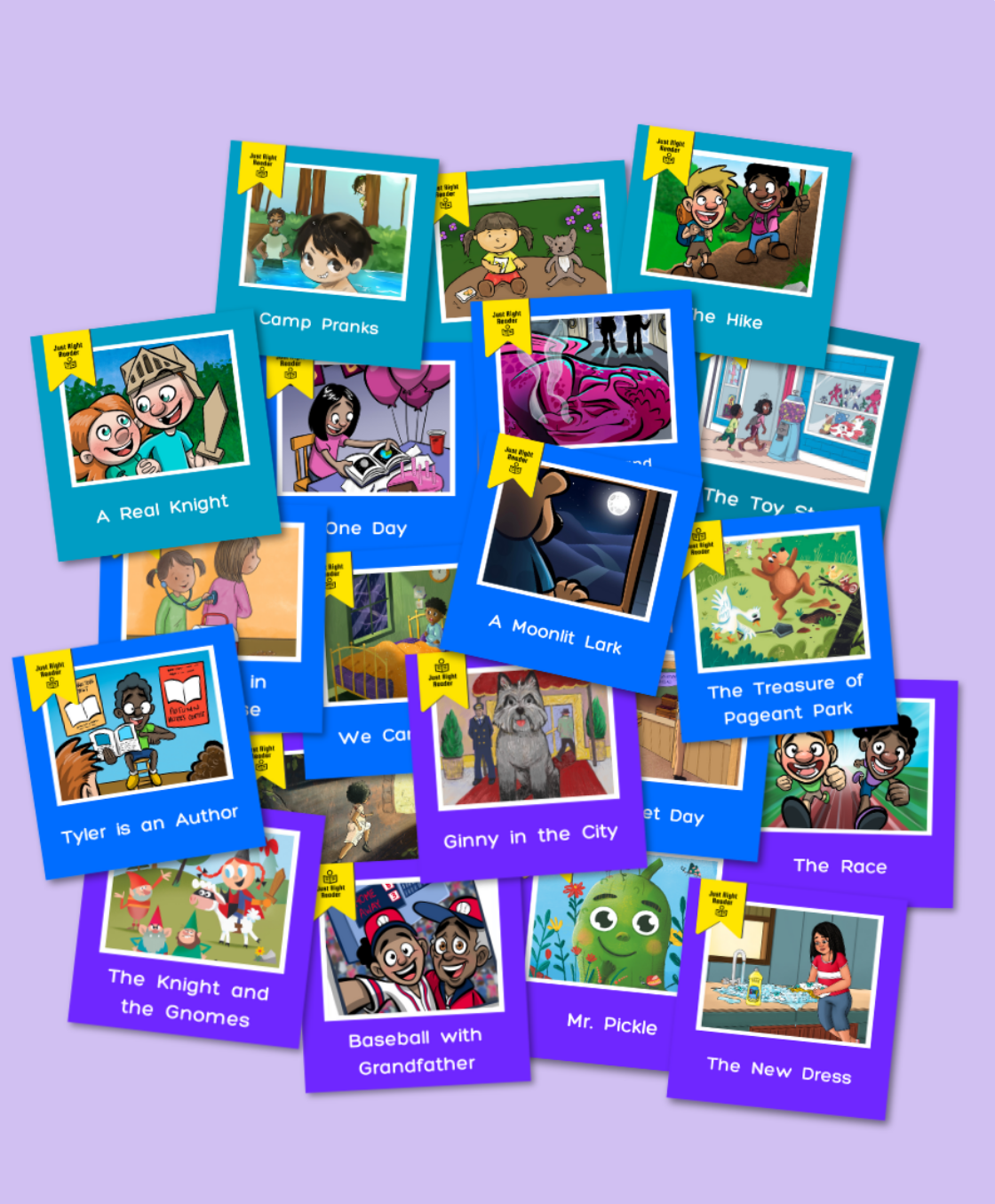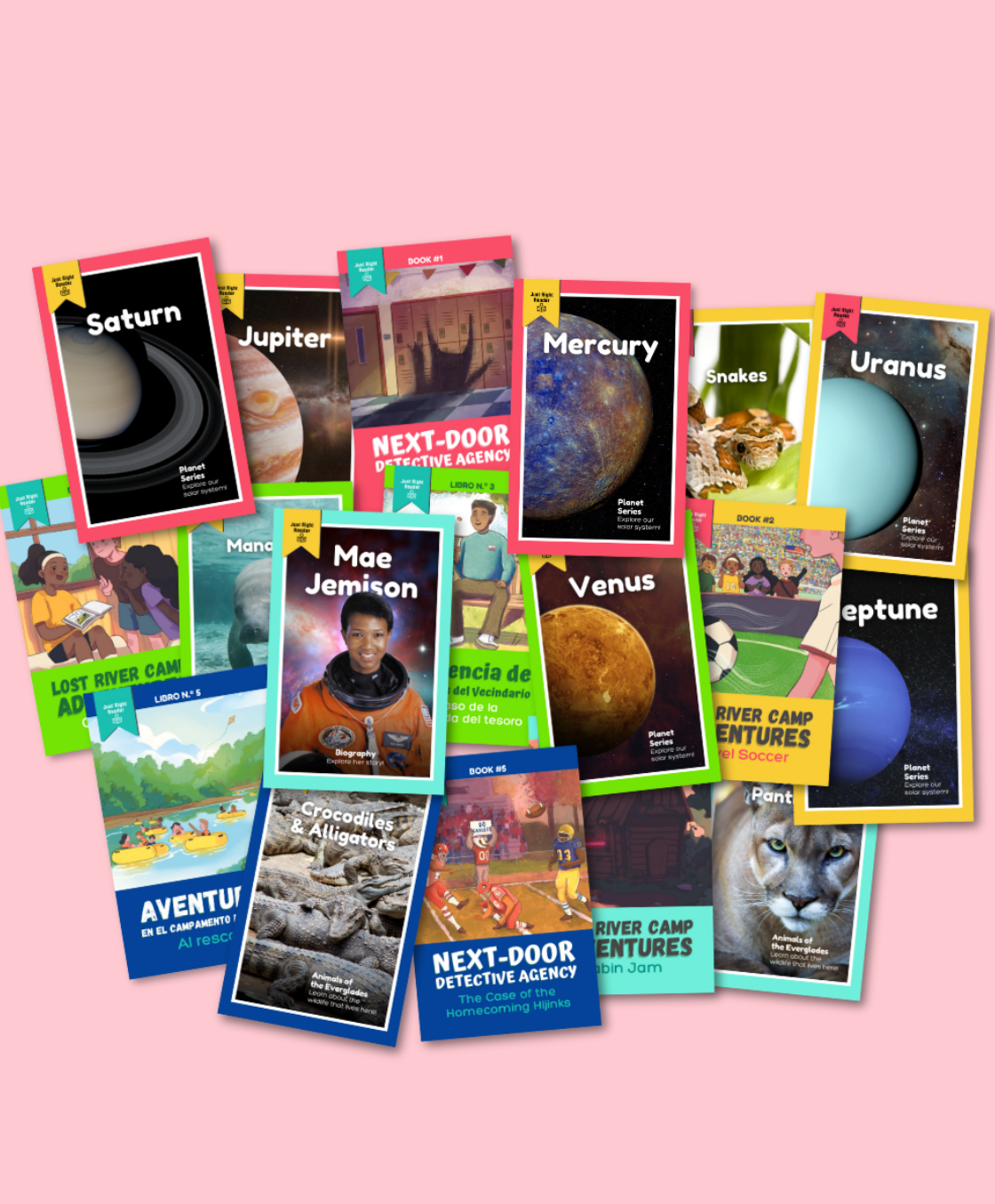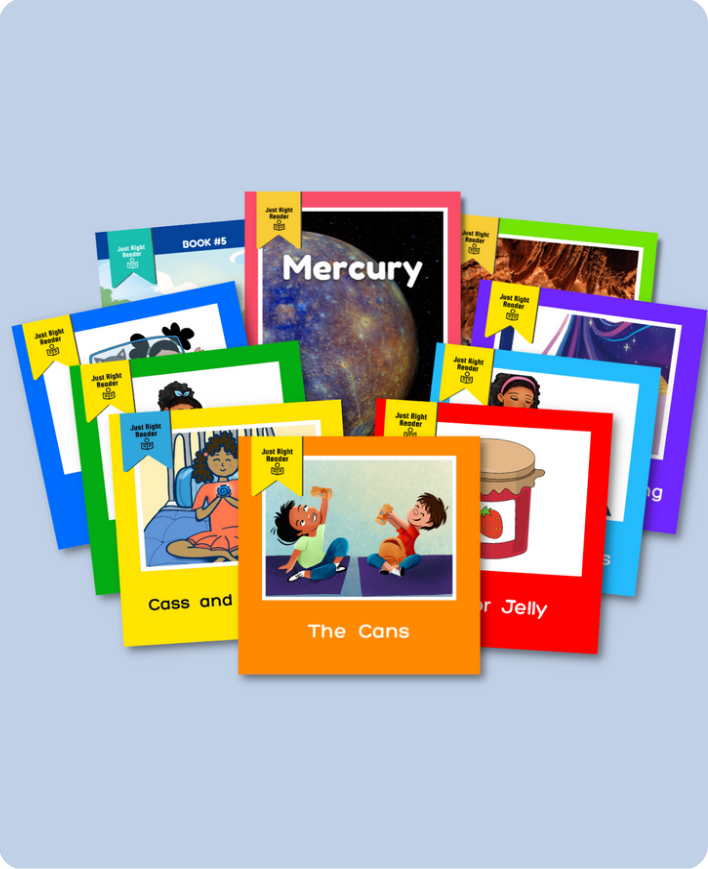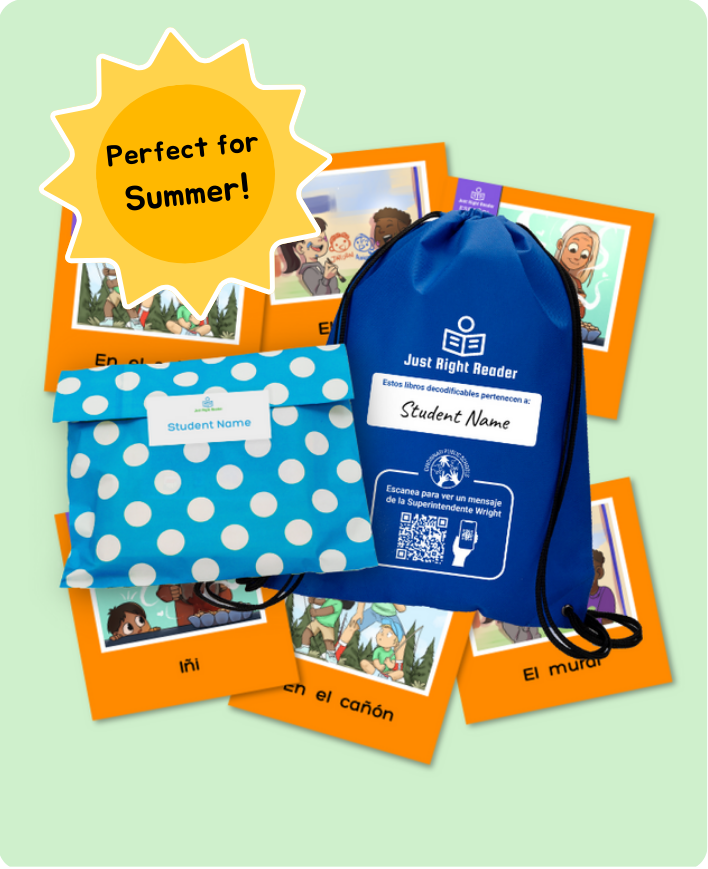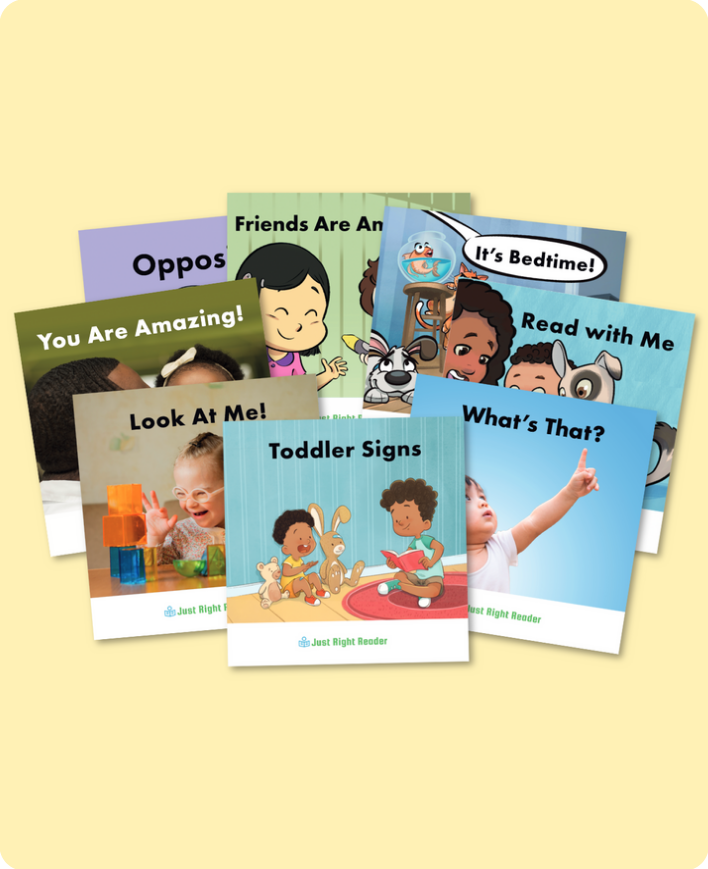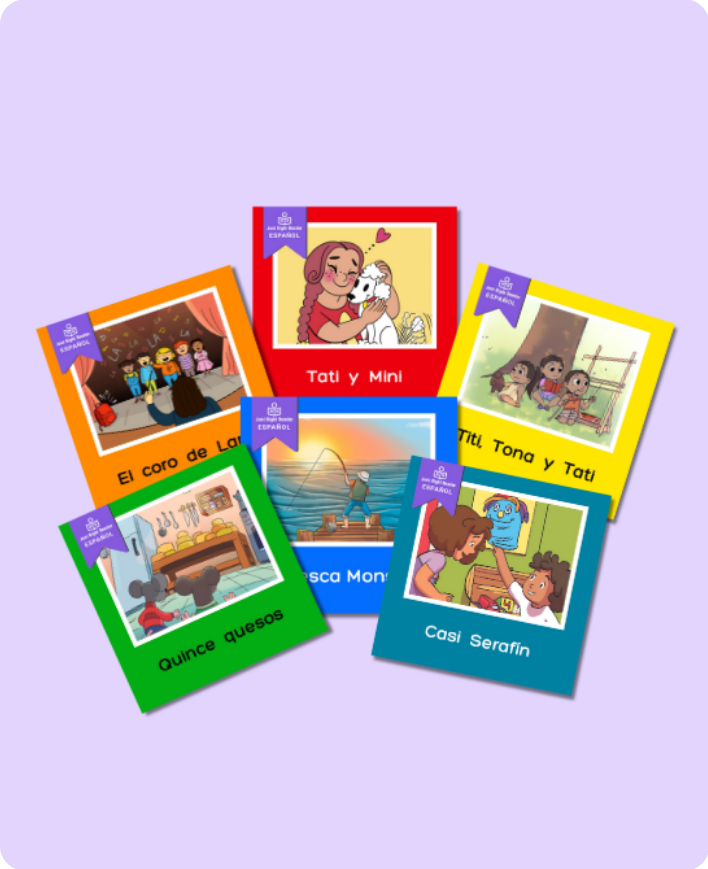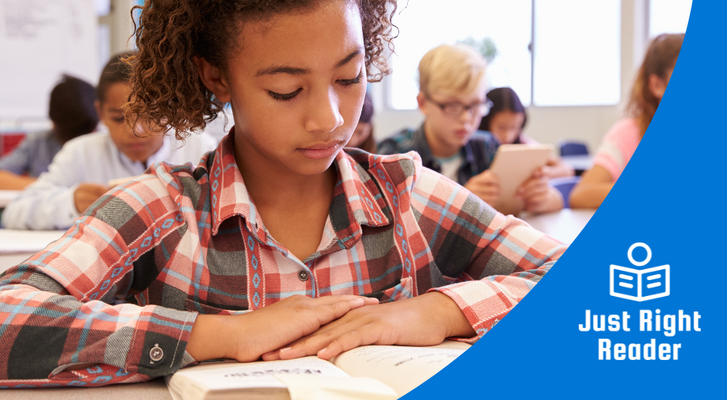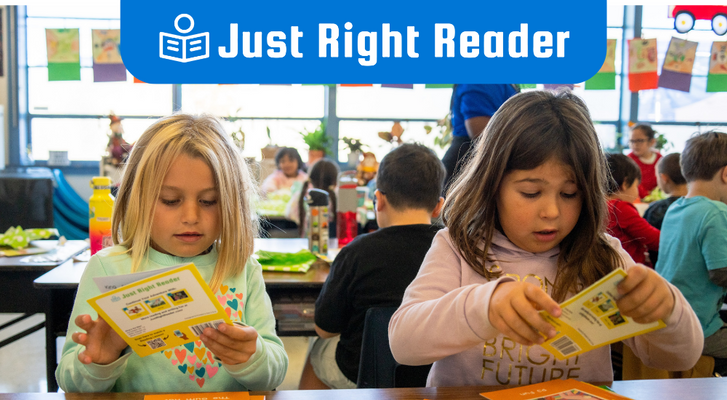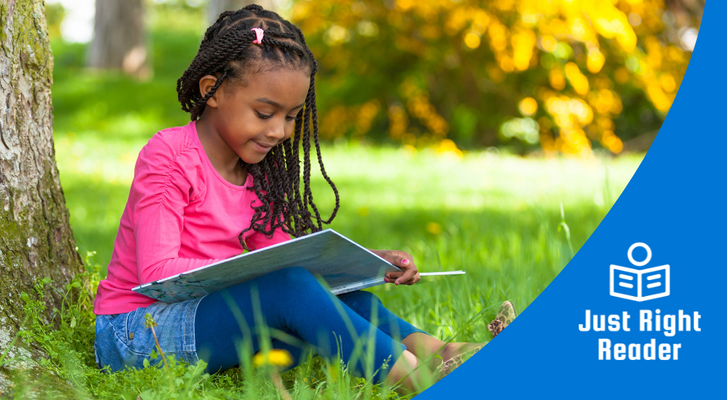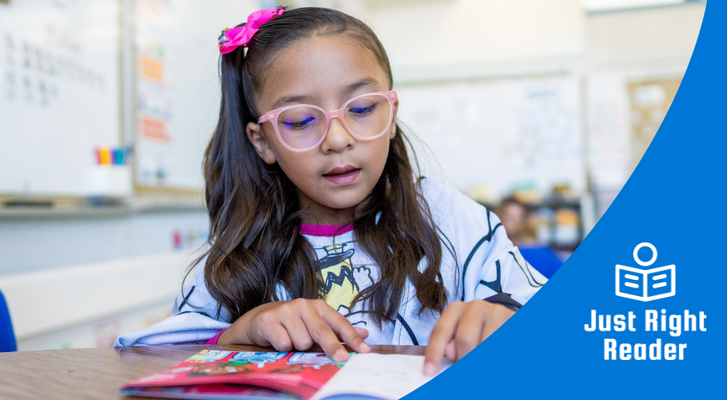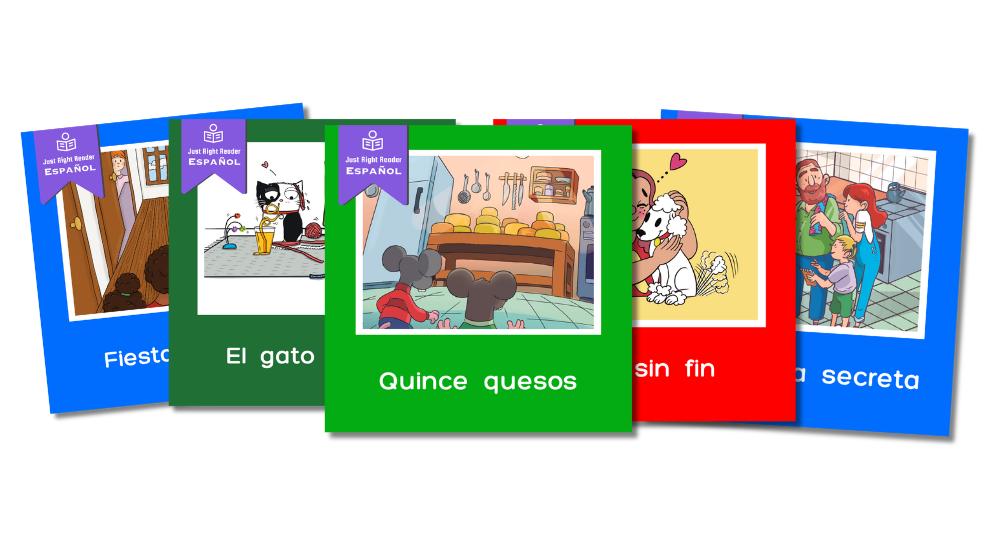
Learning to read in your native language is complicated enough, but adding a second (or third) language to the mix can make the process feel even more daunting. Fortunately, a growing body of Science of Reading research provides helpful guidance for supporting, English Language Learners, or ELL students, on the road to reading proficiency. Learn more below!
What is the Science of Reading?
The Science of Reading is the actual science behind the best ways for students to learn to read. It is the culmination of thousands of studies conducted over decades all around the world (Jiban, 2022). To put it simply, it's what matters and what works in literacy instruction.
One of the frameworks that helps us understand the Science of Reading is The Simple View of Reading. It defines two critical skills that contribute to early reading comprehension: word reading and language comprehension (Gough & Tunmer, 1986). Students need to develop both skills in order to become proficient readers.
In ourUnlocking Literacy for Bilingual Learners symposium on October 13th, Dr. Doris Baker, from the University of Texas at Austin, deconstructs the Science of Reading to show why it’s a powerful tool for effective bilingual literacy instruction.
Learn more about the Simple View of Reading:
Dr. Doris Baker, Associate Professor at University of Texas at Austin
The Simple View of Reading [0:43]
How Do We Support English Language Learners and Dual Language Learners?
So, how can the Science of Reading be applied as a tool to support our bilingual and dual language learners?
To read successfully, all students must be able to:
- connect the sounds of the language they are learning to the written representation (orthography) of the words
- connect the sounds of the language they are learning to the meanings of the words
Unlike most native-English speakers, bilingual learners are learning both of these steps at once. Besides providing students with support in foundational skills, like decoding and word recognition, explicit vocabulary instruction is essential for bilingual learners.
Learn more by watching a couple of our Just Right Reader Research Symposium highlights below:
Dr. Claude Goldenberg, Professor of Education at Stanford University
The principle difference between teaching reading to someone who knows the language and someone who is learning it. [0:53]
Dr. Claude Goldenberg, Professor of Education at Stanford University
What works for emergent bilingual students? [0:51]
Dr. Doris Baker, Associate Professor at University of Texas at Austin
Vocabulary Instruction for Bilingual Students [0:36]
For examples of how to integrate vocabulary into your literacy instruction, watch the full webinar with Dr. Baker here.
Since language comprehension is so important for emergent bilingual students, practicing phonics skills through authentic, connected text is crucial whether in English or Spanish (Jiban, 2022). Experts like Dr. Baker and Dr. Goldenberg recommend using high quality decodable books in both languages to support these learners on their journey to reading proficiency, such asJust Right Reader’s Science of Reading Decodables.
Our extensive library of 750+ stories provides students with structured phonics support through engaging stories that reflect students’ own experiences.
Just Right Reader Decodable Spanish Books

- Written by native Spanish speakers for an authentic reading experience
- Support bilingual and dual language programs
- Based on alphabetic principles and phonological knowledge specific to the Spanish language
- Aligned to a rigorous phonics progression specific to the Spanish language
Learn how you can accelerate biliteracy reading achievement in your district.
Just Right Reader Spanish Decodables have been recently added toThe Reading League’s Decodable Text Resources Listing.

Sources
Dr. Baker, Doris, Professor of Education at University of Texas at Austin
Symposium on Unlocking Literacy for Bilingual Learners, Oct. 13, 2023
Dr. Goldenberg, Claude, Professor of Education at Stanford University
Symposium on Science of Reading Research: Insight Into Teaching English Learners with Dr. Claude Goldenberg , Aug. 8, 2023
Gough, P.B. & Tunmer, W.E. (1986). Decoding, reading, and reading disability.Remedial and Special Education, 7, 6-10.
Jiban, C. (2022, January 25).The Science of Reading Explained. NWEA. https://www.nwea.org/blog/2022/the-science-of-reading-explained/
Jiban, C. (2022b, March 8).How the Science of Reading Can Help You Teach Language Comprehension Skills. NWEA. https://www.nwea.org/blog/2022/how-the-science-of-reading-can-help-you-teach-language-comprehension-skills/
